What Is Sofrito? Uncovering the Secret Weapon of Global Spice Traditions
Ever wondered how your favorite Latin, Mediterranean, or Asian dishes get that deep, savory flavor that just hugs your taste buds like a warm blanket on a rainy day?
Meet sofrito — the unsung hero of spice traditions around the globe. It’s not just a cooking technique; it’s the soul of countless dishes from Spain to Puerto Rico and beyond.
So, What Exactly is Sofrito?
"Sofrito is like the foundation of a house — without it, your dish might stand, but it won’t last." – Chef Liu Wei
Sofrito is a culinary base made by sautéing aromatic ingredients in oil at a low temperature to extract maximum flavor without browning. While recipes vary across regions, most include a mix of onions, garlic, peppers, and tomatoes. Herbs and spices like cilantro, paprika, cumin, and bay leaves often make appearances too.
It’s used as a starting point for many dishes — soups, stews, rice dishes, sauces — infusing them with layers of flavor that you can’t fake with a shortcut spice blend.
The Global Spice Family Tree of Sofrito
| Region | Main Ingredients | Signature Dishes |
|---|---|---|
| Spain | Onion, garlic, bell pepper, olive oil | Paella, Fabada Asturiana |
| Puerto Rico | Onion, garlic, cubanelle pepper, culantro | Mofongo, Arroz con Gandules |
| Italy | Onion, celery, carrot (soffritto) | Pasta sauces, minestrone |
| Morocco | Ginger, turmeric, garlic, herbs | Tagines, couscous |
| Japan | Ginger, garlic, kombu | Miso soup, ramen broth |
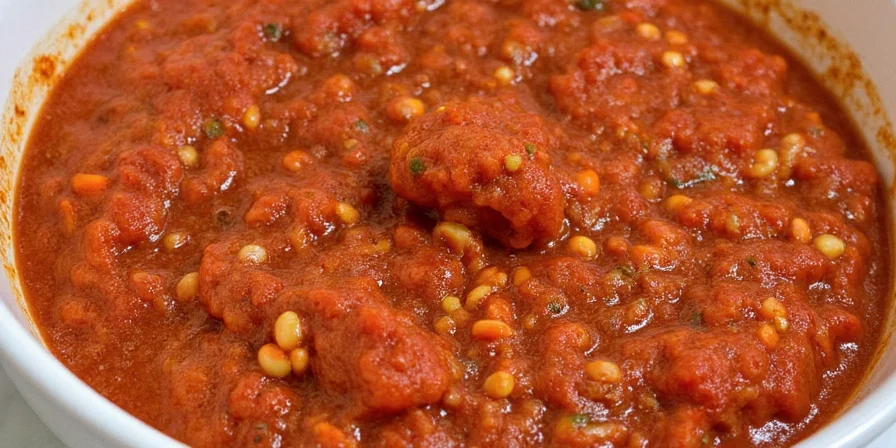
Top 5 Tips for Mastering Sofrito Like a Pro
- Low and Slow Wins the Race: Don’t rush the process! Cooking sofrito slowly allows flavors to meld and deepen without burning your aromatics.
- Chop Like a Champion: Uniform cuts ensure even cooking. Aim for small, consistent dices so every bite gets the same flavor boost.
- Oil Matters: Use a high-quality oil — olive oil in Mediterranean versions, avocado oil for neutral bases, or coconut oil for Southeast Asian twists.
- Spice It Up: Customize your sofrito with regional spices. Paprika for Spanish flair, cumin for Latin warmth, or lemongrass for an Asian-inspired kick.
- Make It Ahead! Sofrito freezes beautifully. Prepare a big batch and store in ice cube trays for easy flavor bombs any night of the week.
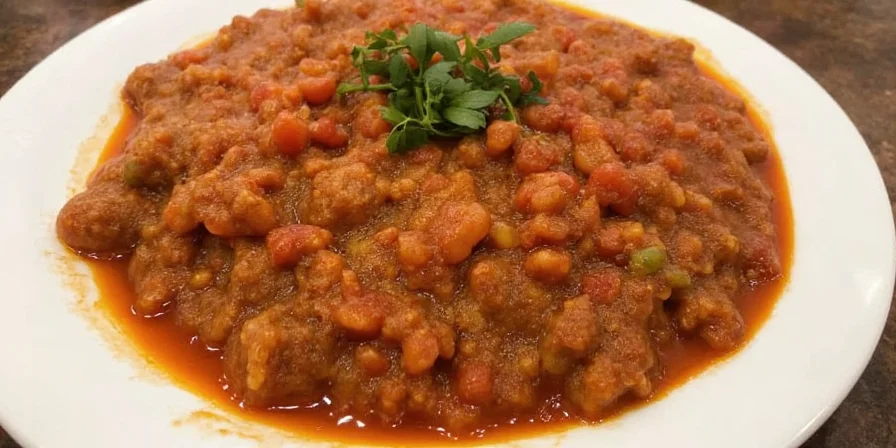
Why Sofrito Deserves More Love Than It Gets
You might think sofrito is just the opening act — the part you throw in before adding the main ingredients. But trust us, this humble mixture deserves top billing.
Here’s why:
- Flavor Layering Genius: By gently coaxing flavor out of each ingredient, sofrito sets the stage for everything else in the dish.
- Texture Magic: Cooked down properly, it gives sauces and broths a silky mouthfeel without needing cream or flour.
- Nutrient Boost: Sautéing veggies in oil helps release fat-soluble vitamins and antioxidants, making your meals healthier too.
- Cultural Connection: Each version tells a story about where it comes from, linking generations through shared tastes and techniques.
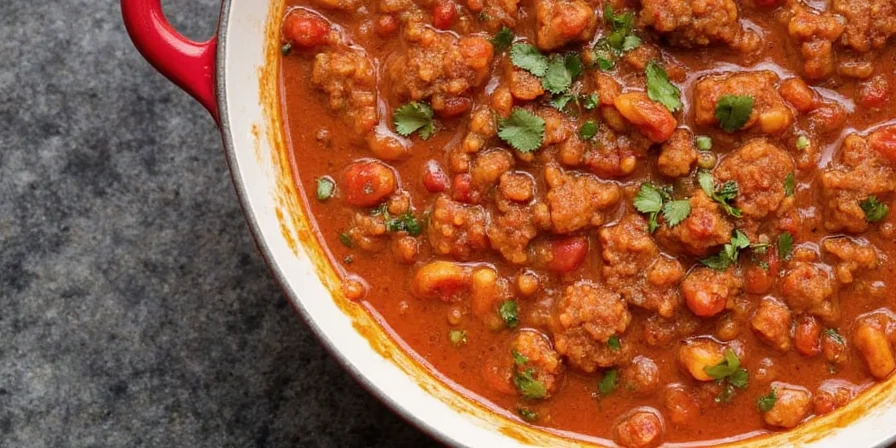
Pro Secrets from the Spice Pros
Want to take your sofrito game to the next level? Here are some behind-the-scenes tips from seasoned chefs and spice enthusiasts:
- Add Fresh Herbs at the End: Delicate greens like parsley or cilantro lose their punch if added too early. Toss them in during the last few minutes of sofrito cooking or stir them in after removing from heat.
- To Peel or Not to Peel Tomatoes: For a smoother texture, use peeled canned tomatoes. If you like a rustic vibe, leave the skins on — they’ll break down nicely over time.
- Try Roasting First: For deeper flavor, roast garlic, peppers, or onions before adding them to your sofrito. The caramelization adds a smoky richness that’s hard to beat.
- Don’t Skimp on Salt: Salt helps draw moisture out and season every layer. Taste as you go — it’s your secret weapon for balancing sweetness and acidity.
- Use It Cold: Yes, really! Some cultures use raw blends like Puerto Rican recaíto (a green sofrito) as a garnish or dip. Think of it as a spicy pesto with identity issues.
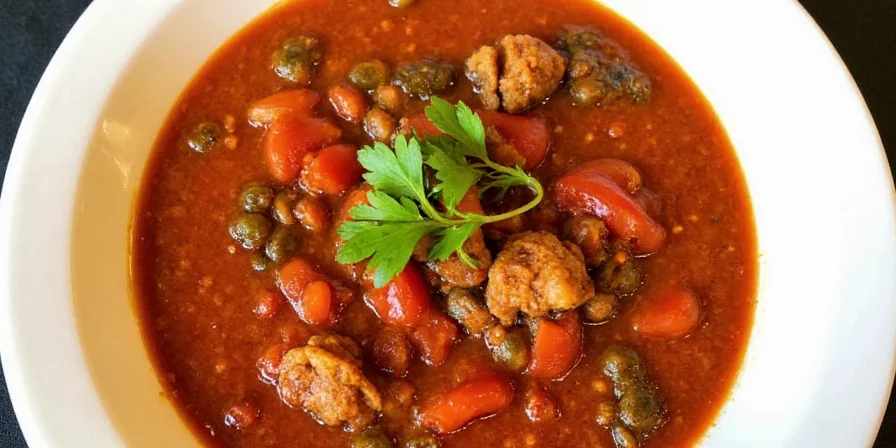
Sofrito in the Modern Kitchen: Why It Still Rocks
In an age of meal prepping, one-pot wonders, and TikTok recipes that promise perfection in under a minute, why bother with something slow-cooked and old-school like sofrito?
Because real flavor takes time. And let’s be honest, we’re all a little tired of food that tastes like it came straight from a packet, right?
Think of sofrito as the original “meal prep hack” — once you’ve got a few batches in the freezer, dinner becomes a breeze. Plus, you’ll impress everyone with your global culinary know-how.
Final Thought: Let Sofrito Be Your Kitchen MVP
Whether you’re simmering paella in Madrid, arroz con gandules in San Juan, or whipping up a homemade curry in Mumbai, sofrito has your back. It’s more than just a cooking method — it’s a bridge between cultures, a celebration of spice traditions, and a flavor enhancer that never goes out of style.
So next time you’re in the kitchen, don’t skip the sofrito step. Embrace the sizzle, breathe in the aroma, and remember: you’re not just cooking — you’re participating in a global ritual that’s been spicing up life for centuries.
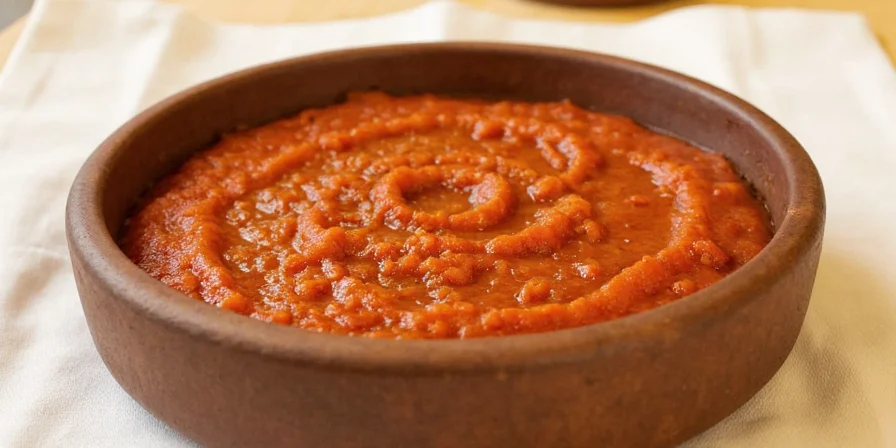

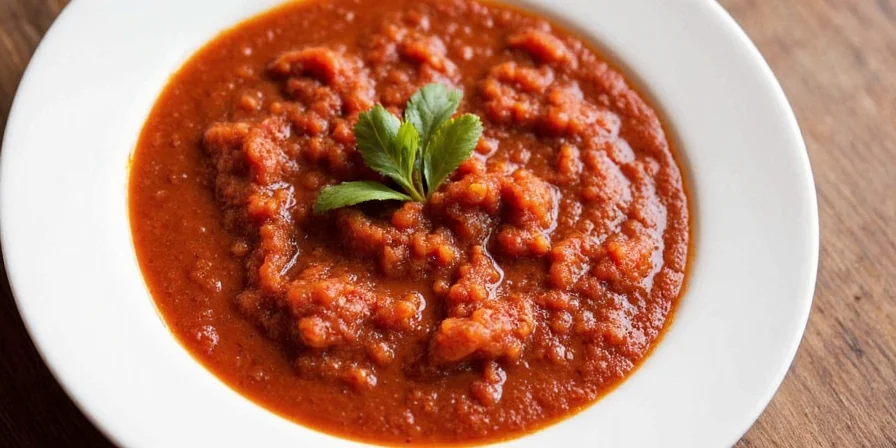









 浙公网安备
33010002000092号
浙公网安备
33010002000092号 浙B2-20120091-4
浙B2-20120091-4